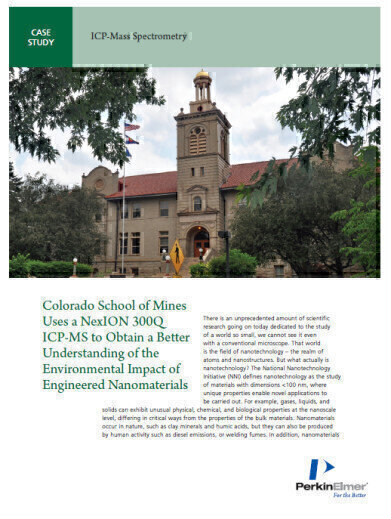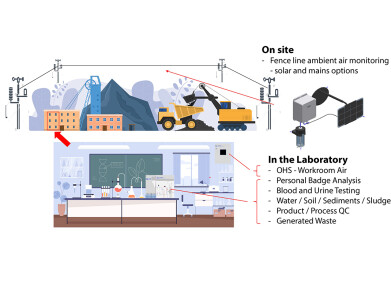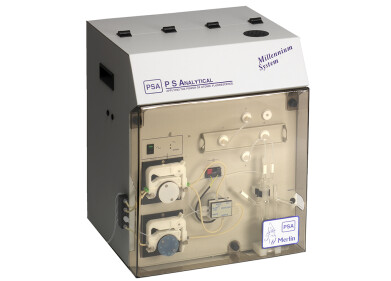-
 Read how Colorado School of Mines Uses NexION 300Q ICP-MS to Obtain a Better Understanding of the Environmental Impact of Engineered Nanomaterials
Read how Colorado School of Mines Uses NexION 300Q ICP-MS to Obtain a Better Understanding of the Environmental Impact of Engineered Nanomaterials
Environmental laboratory
CO School of Mines Uses NexION 300Q ICP-MS to Understand Impact of Nanomaterials
Sep 12 2012
There is an unprecedented amount of scientific research going on today dedicated to the study of a world so small, we cannot see it even with a conventional microscope. That world is the field of nanotechnology – the realm of atoms and nanostructures. But what actually is nanotechnology? The National Nanotechnology Initiative (NNI) defines nanotechnology as the study of materials with dimensions <100 nm, where unique properties enable novel applications to be carried out. For example, gases, liquids, and solids can exhibit unusual physical, chemical, and biological properties at the nanoscale level, differing in critical ways from the properties of the bulk materials. Nanomaterials occur in nature, such as clay minerals and humic acids, but they can also be produced by human activity such as diesel emissions, or welding fumes. In addition, nanomaterials can be specifically engineered to exhibit unique optical, electrical, physical, or chemical characteristics, these engineered nanomaterals (ENMs) can be made to exhibit greater physical strength, enhanced magnetic properties, better conduction of heat or electricity, greater chemical reactivity, or improved optical properties.
Read how Colorado School of Mines is making a difference
The Solution - NexION 300 ICP-MS Instruments
Visit or Nantechonology Library
Digital Edition
AET 28.4 Oct/Nov 2024
November 2024
Gas Detection - Go from lagging to leading: why investment in gas detection makes sense Air Monitoring - Swirl and vortex meters will aid green hydrogen production - Beyond the Stack: Emi...
View all digital editions
Events
Jan 20 2025 San Diego, CA, USA
Carrefour des Gestions Locales de L'eau
Jan 22 2025 Rennes, France
Safety, Health & Wellbeing LIVE
Jan 22 2025 Manchester, UK
Jan 25 2025 San Diego, CA, USA
Jan 29 2025 Tokyo, Japan


















